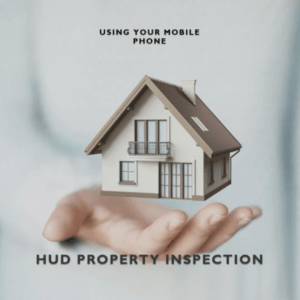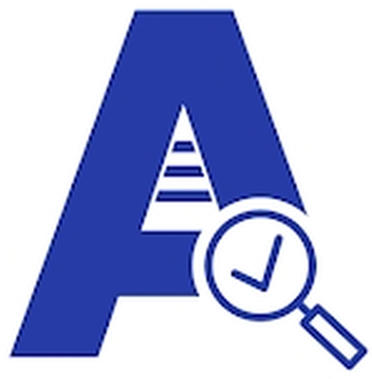HUD Property & Unit inspection
HUD Property & Unit inspection refers to an inspection process conducted by the U.S. Department of Housing and Urban Development (HUD) to assess the compliance and condition of properties participating in HUD housing programs.
Traditionally, HUD inspections involved paper-based documentation and manual processes.
However, with the advent of technology, HUD Property & Unit inspection can now be facilitated through mobile apps, streamlining the process and enhancing efficiency.

Mobile eAuditor designed with HUD inspections templates provides inspectors with a digital tool to document their findings and conduct inspections on-site using a smartphone or tablet. Here’s an overview of how the HUD inspection process typically works with eAuditor:
Mobile eAuditor Setup:
Inspectors download and install the eAuditor on their devices. They may need to log in with their credentials and set up their profile within the app. They can start property inspection using existing template or create a new template.
Property Selection:
Inspectors select the property they are assigned to inspect from a list provided in the app. Property details and relevant program information may be accessible within the app.
Inspection Checklist: The eAuditor presents inspectors with a digital checklist based on HUD’s inspection requirements. The checklist encompasses various aspects of the property, such as safety, sanitation, structural integrity, and compliance with HUD guidelines. Inspectors navigate through the checklist, marking items as compliant or noting any deficiencies.


Photo Documentation:
Inspectors can use the eAuditor to capture and attach photos to the relevant checklist items. These photos serve as visual evidence to support their findings during the inspection.
Notations and Comments:
Inspectors have the ability to add comments or notations to provide additional context or explanations related to specific checklist items or photos.
Data Sync and Storage:
The mobile eAuditor is typically connected to a central database or cloud server, allowing inspectors to synchronize their inspection data securely. This ensures that the inspection information is backed up and accessible to authorized personnel.
Real-time Communication:
The mobile eAuditor may also include features for real-time communication, enabling inspectors to communicate with supervisors, property owners, or other relevant parties during the inspection process. This can help address any immediate concerns or requests for clarification.
Report Generation:
Once the inspection is complete, the mobile eAuditor can generate a comprehensive report summarizing the findings and observations. This report can be saved as a digital document or shared with stakeholders electronically.


Using mobile eAuditor for HUD inspections offers several benefits over traditional paper-based methods. It improves efficiency by eliminating manual data entry, reduces paperwork, enhances data accuracy, and enables real-time collaboration and communication. Additionally, digital inspections with photo documentation provide a more visual and transparent record of the property’s condition, aiding in dispute resolution and follow-up actions. eAuditor can be downloaded from Android or Apple store.
